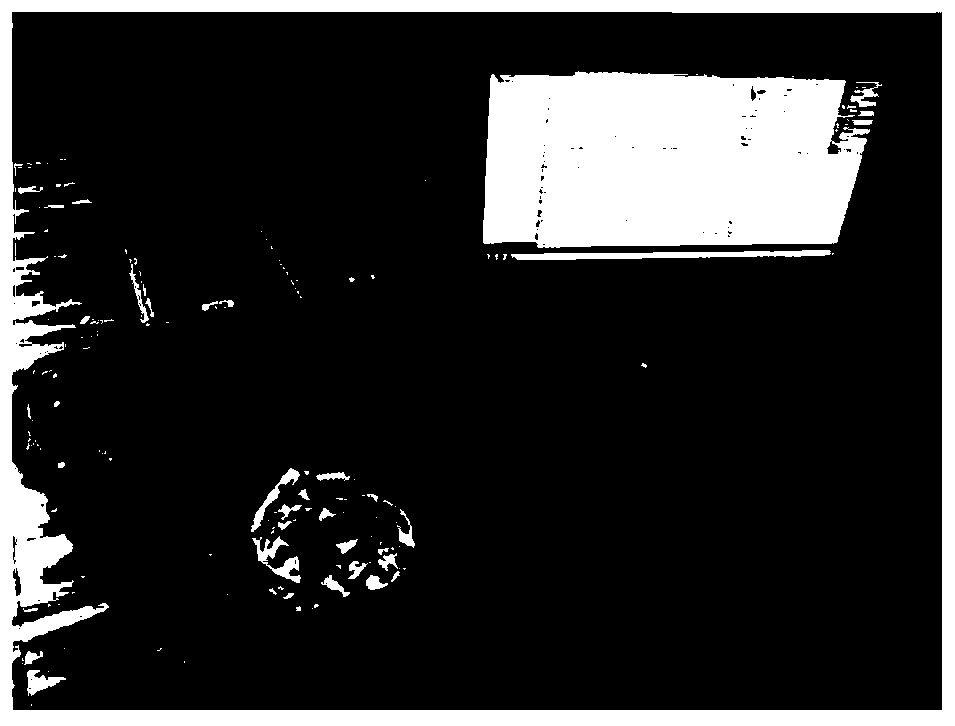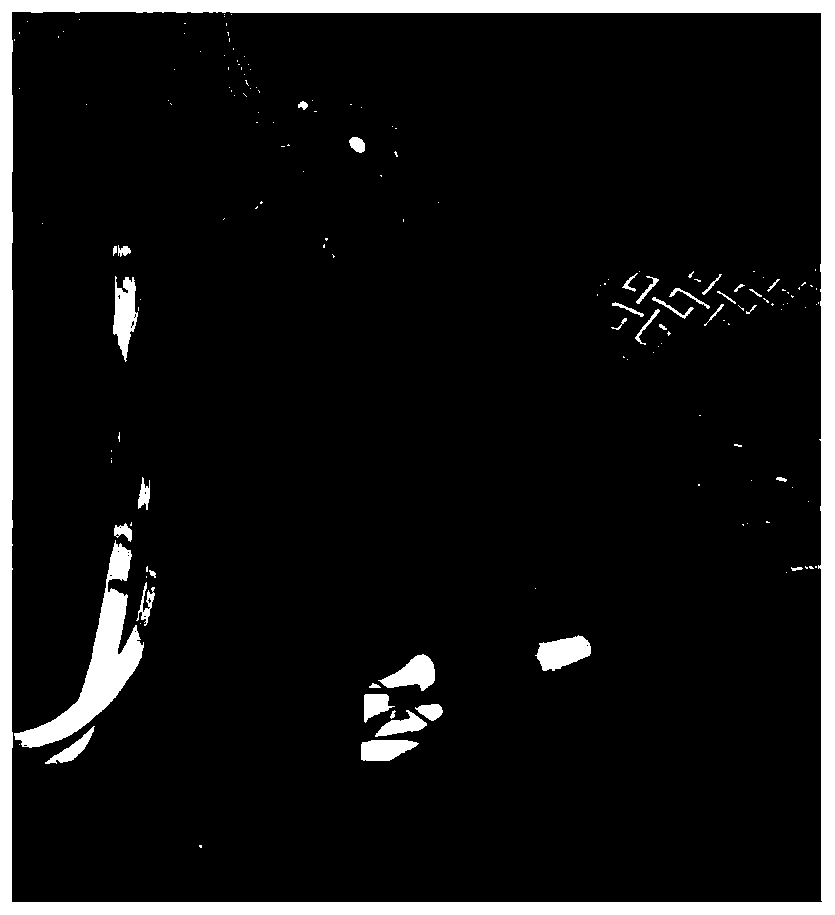Limb movement recognition method based on autonomous motor imagery electroencephalogram
A technology of body movement and autonomous movement, applied in character and pattern recognition, medical science, instruments, etc., can solve problems such as inability to effectively reflect node causality, crosstalk, and spatial resolution degradation
- Summary
- Abstract
- Description
- Claims
- Application Information
AI Technical Summary
Problems solved by technology
Method used
Image
Examples
Embodiment Construction
[0060] Below in conjunction with accompanying drawing, the embodiment of the present invention is described in detail, this example is implemented according to the technical solution of the present invention, has provided detailed implementation and specific operation process, but the present invention solution is not limited to this example.
[0061] The invention proposes a brand-new brain causality network analysis method based on a nonlinear partial directional coherence method, and uses a random forest to classify upper limb movements. The main process is as follows: filter and process the collected 42-channel EEG signals, use the nonlinear partial directional coherence method to construct a directed brain function network, and extract features such as degree, degree distribution, and clustering coefficients. Using random forest to classify the four movements of crankshaft, wrist bending, clenching fist, and stretching fist, it was found that the random forest classificati...
PUM
 Login to View More
Login to View More Abstract
Description
Claims
Application Information
 Login to View More
Login to View More - R&D
- Intellectual Property
- Life Sciences
- Materials
- Tech Scout
- Unparalleled Data Quality
- Higher Quality Content
- 60% Fewer Hallucinations
Browse by: Latest US Patents, China's latest patents, Technical Efficacy Thesaurus, Application Domain, Technology Topic, Popular Technical Reports.
© 2025 PatSnap. All rights reserved.Legal|Privacy policy|Modern Slavery Act Transparency Statement|Sitemap|About US| Contact US: help@patsnap.com



